Facts About Zoysia Grass: Zoysia Grass Problems
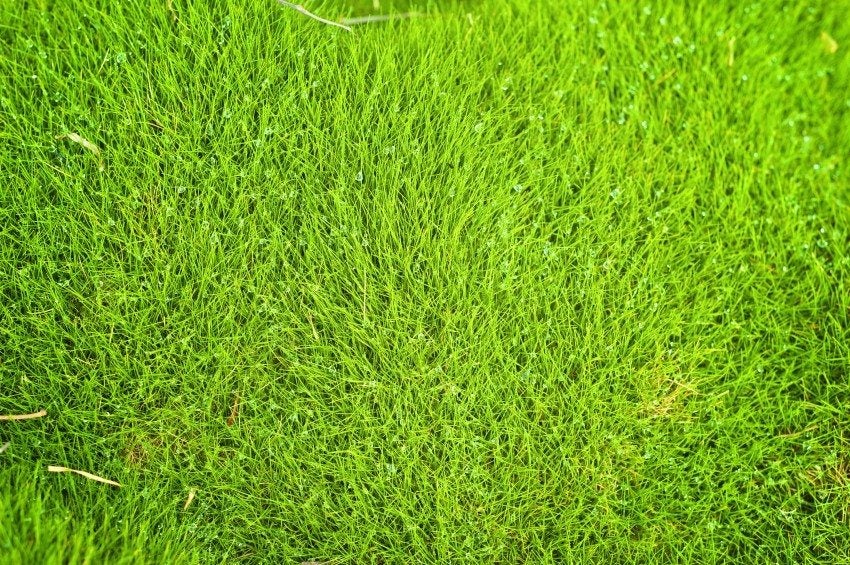

A zoysia grass lawn is frequently touted as the cure-all for the homeowner's lawn cares. The basic fact about zoysia grass is that, unless it is grown in the right climate, it will cause more headaches than not.
Zoysia Grass Problems
Invasive - Zoysia grass is a very invasive grass. The reason you can plant plugs and not have to seed the lawn is because zoysia grass will crowd out all other species in the lawn. Then when it has taken over your lawn, it will start in on your flower beds and your neighbor's lawn. Temperamental color - Another one of the zoysia grass problems is that unless you live in a consistently warm climate, the color of your lawn can go rapidly from green to brown at the first sign of cool weather. This can leave your lawn looking unsightly for a good part of the year. Slow growing - While this is touted as a good feature because it means that you don't need to mow as much, it also means that your zoysia grass lawn will have a harder time recovering from damage and heavy wear. Zoysia Patch or Rhizoctonia Large Patch - Zoysia is prone to zoysia patch disease, which can kill the grass and give it a rust color as it is dying. Thatch - Another one of the facts about zoysia grass is that is prone to thatch problems. While you will have less mowing, you will have to do more thatch control, which is significantly more labor-intensive. Difficult to remove - One of the most frustrating zoysia grass problems is the fact that it is nearly impossible to remove once it becomes established. If you decide to plant zoysia grass, you are making the decision to grow it for life. In warm weather, zoysia grass problems are fewer and the benefits are greater and this grass is worth looking at. But if you are in a cooler climate, planting a zoysia grass lawn is just asking for trouble.
Gardening tips, videos, info and more delivered right to your inbox!
Sign up for the Gardening Know How newsletter today and receive a free copy of our e-book "How to Grow Delicious Tomatoes".

Heather Rhoades founded Gardening Know How in 2007. She holds degrees from Cleveland State University and Northern Kentucky University. She is an avid gardener with a passion for community, and is a recipient of the Master Gardeners of Ohio Lifetime Achievement Award.
-
 Looking For Plants To Give You The Soft And Fuzzies? Try These 5 Fuzzy Leaf Plant Options
Looking For Plants To Give You The Soft And Fuzzies? Try These 5 Fuzzy Leaf Plant OptionsLovers of texture, drama, silver foliage and tactile plants will adore these special sensory garden additions. These fuzzy leaf plant options will leave you all aglow
By Susan Albert
-
 Get Ready For A Summer Of Hummers! Grow These Full Sun Hummingbird Plants and Flowers
Get Ready For A Summer Of Hummers! Grow These Full Sun Hummingbird Plants and FlowersIf you’re lucky enough to enjoy a sunny backyard, make sure you are maxing out on your pollinator opportunities and grow these full sun hummingbird plants and flowers
By Tonya Barnett
-
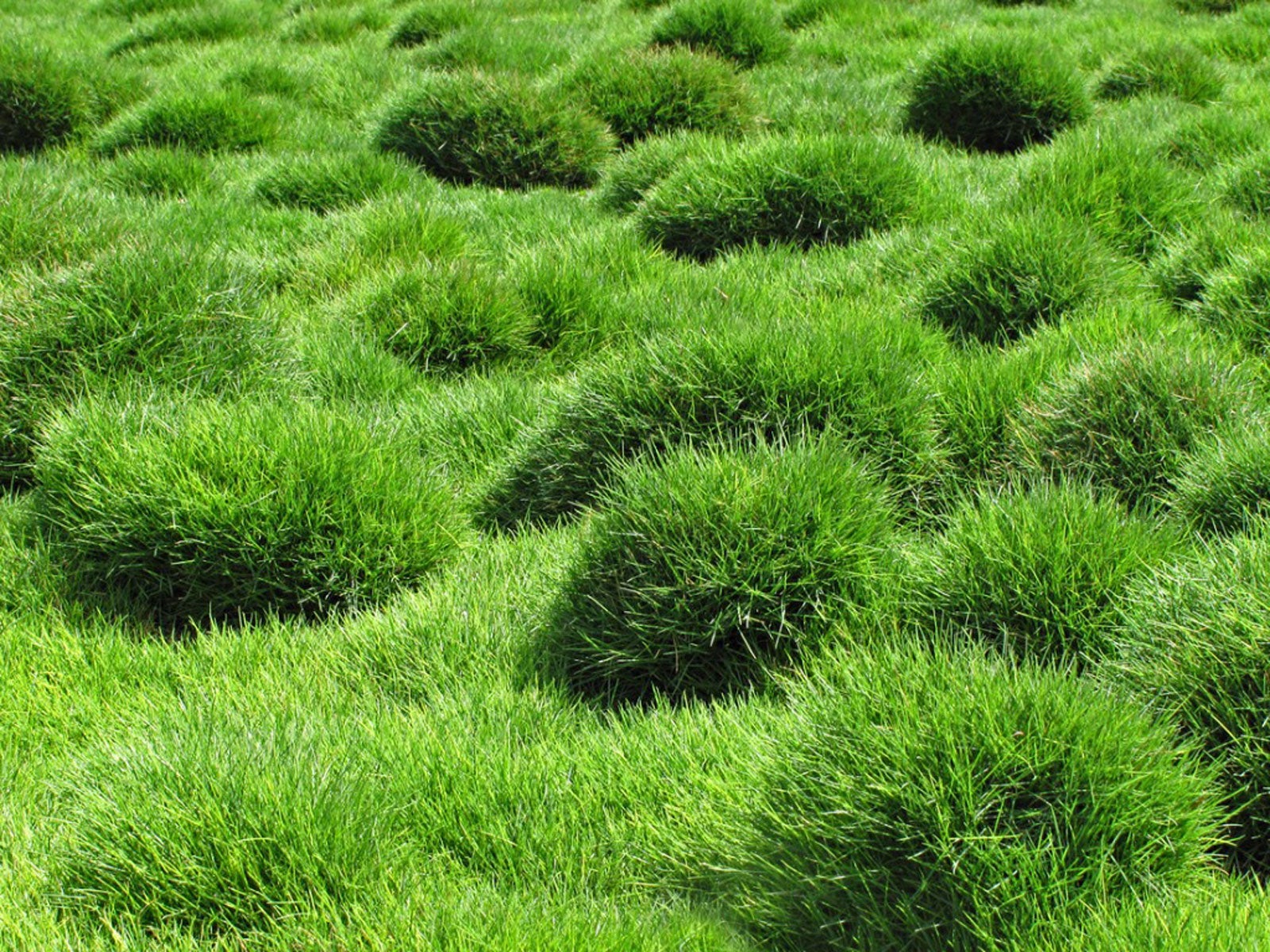 Thatch In Zoysia Grass – Should I Dethatch Zoysia Lawns
Thatch In Zoysia Grass – Should I Dethatch Zoysia LawnsZoysia thatch removal should happen when the thatch is visible. For more information on how to dethatch a Zoysia lawn, click this article.
By Bonnie L. Grant
-
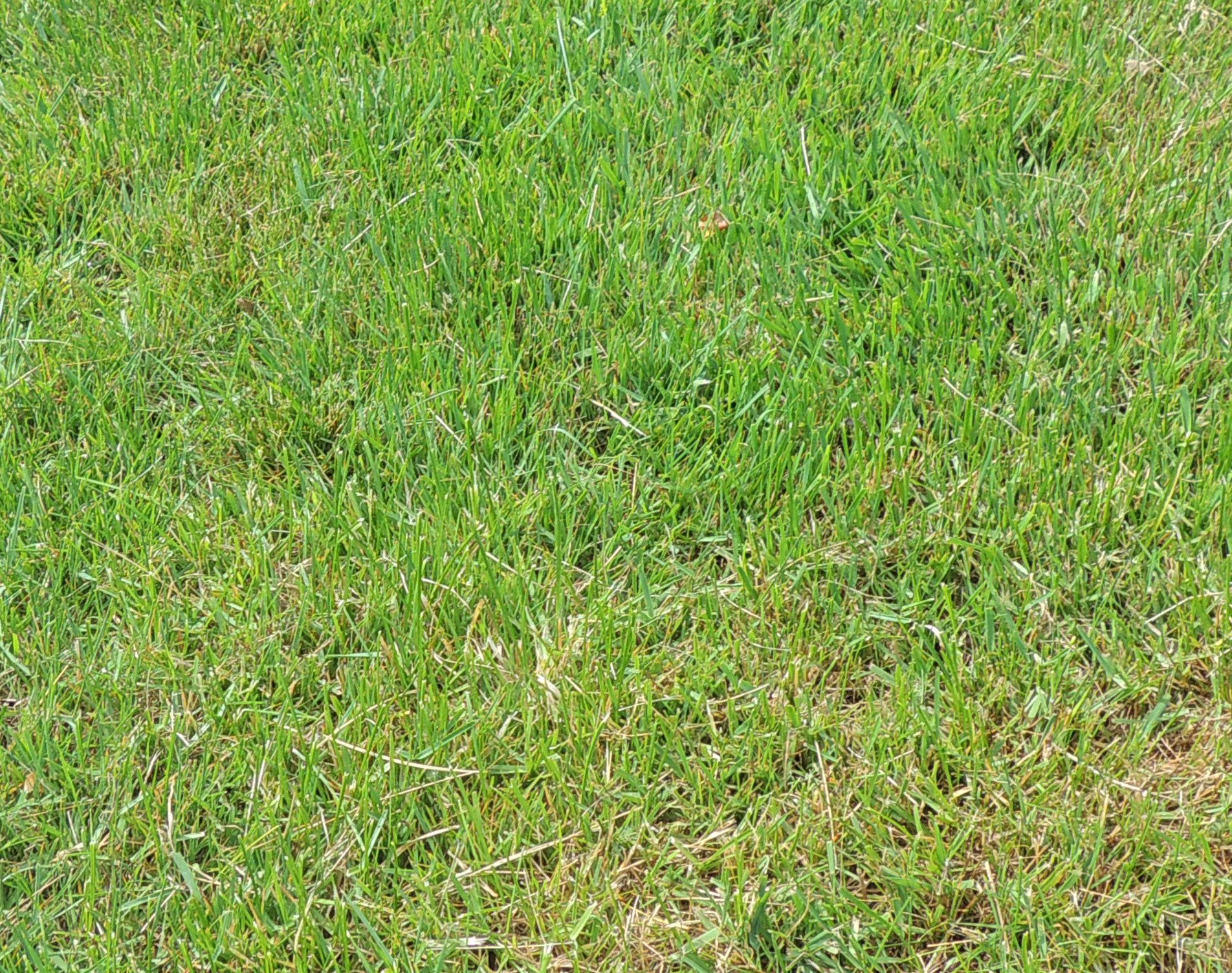 Removing Zoysia Grass: How To Contain Zoysia Grass
Removing Zoysia Grass: How To Contain Zoysia GrassWhile zoysia grass is drought tolerant, holds up well to foot traffic, and provides thick coverage to lawn areas, these same qualities can also pose problems to homeowners. Read here to keep it under control.
By Nikki Tilley
-
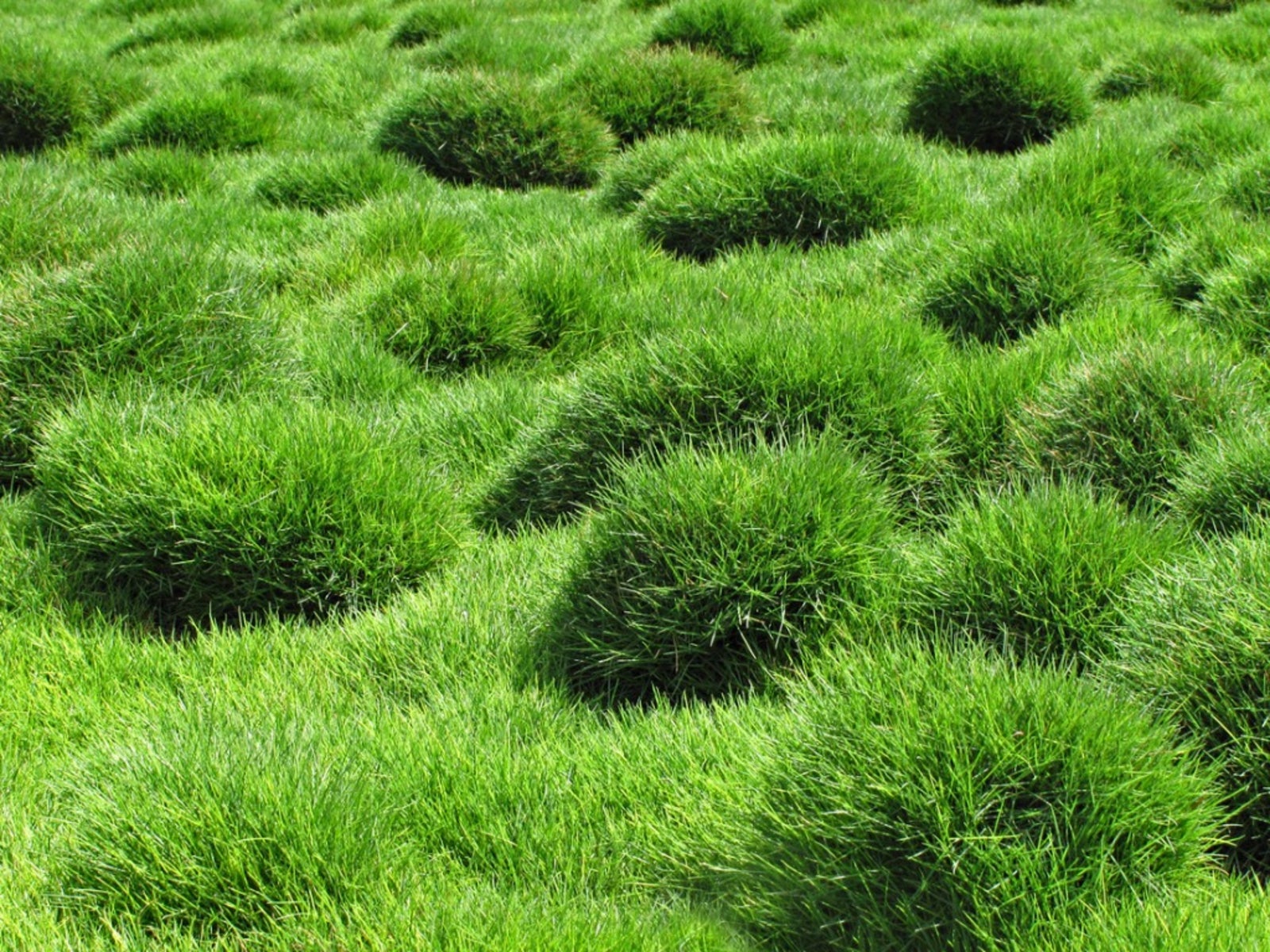 Zoysia Grass Plugs: Directions For Planting Zoysia Plugs
Zoysia Grass Plugs: Directions For Planting Zoysia PlugsIf you have purchased zoysia grass plugs, you are probably wondering how and when to plant these plugs. This article provides instructions on planting zoysia plugs to make the task easier for you.
By Heather Rhoades
-
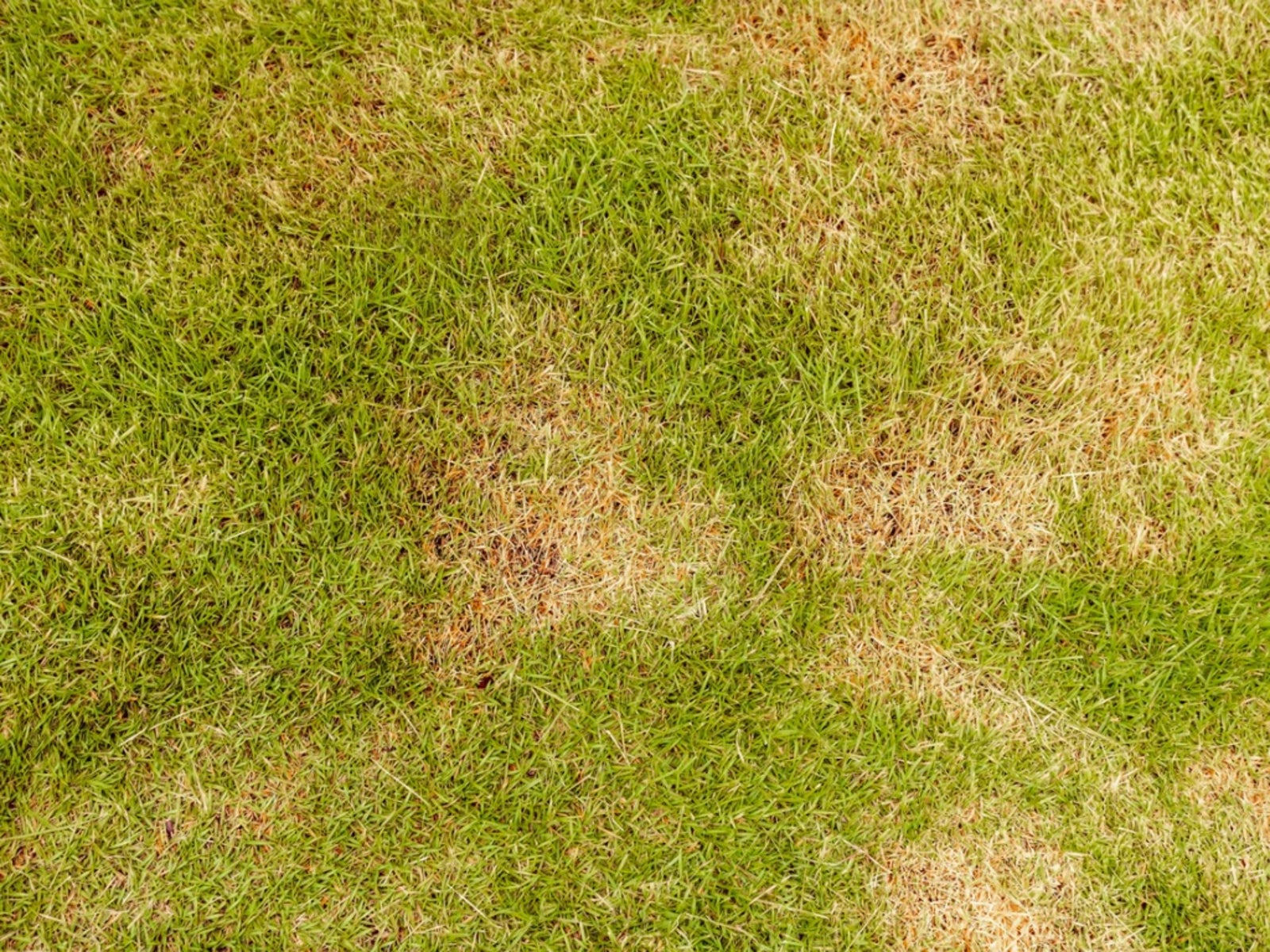 Zoysia Diseases - Tips For Dealing With Zoysia Grass Problems
Zoysia Diseases - Tips For Dealing With Zoysia Grass ProblemsZoysia is an easy-care, warm-season grass that is highly versatile and drought tolerant, making it popular for many lawns. However, zoysia grass problems do pop up on occasion. Learn about them here.
By Nikki Tilley
-
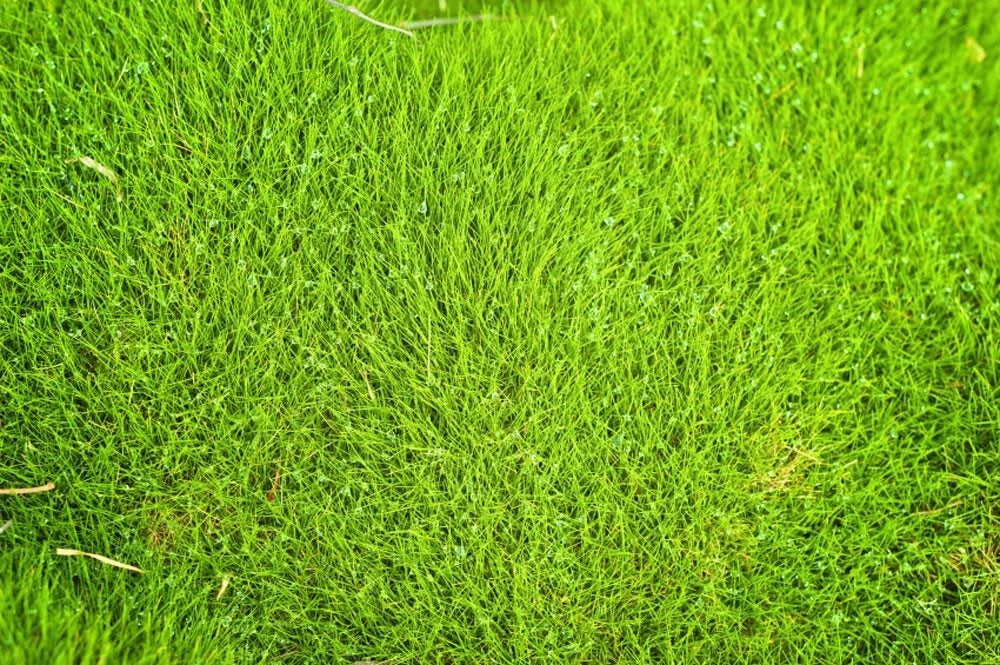 No Fuss Lawns With Zoysia Grass
No Fuss Lawns With Zoysia GrassAre you looking for a hardy, drought-resistant lawn that requires little or no maintenance? Then perhaps you would like to try growing Zoysia grass rather than traditional lawn grass. Read here for more info.
By Nikki Tilley